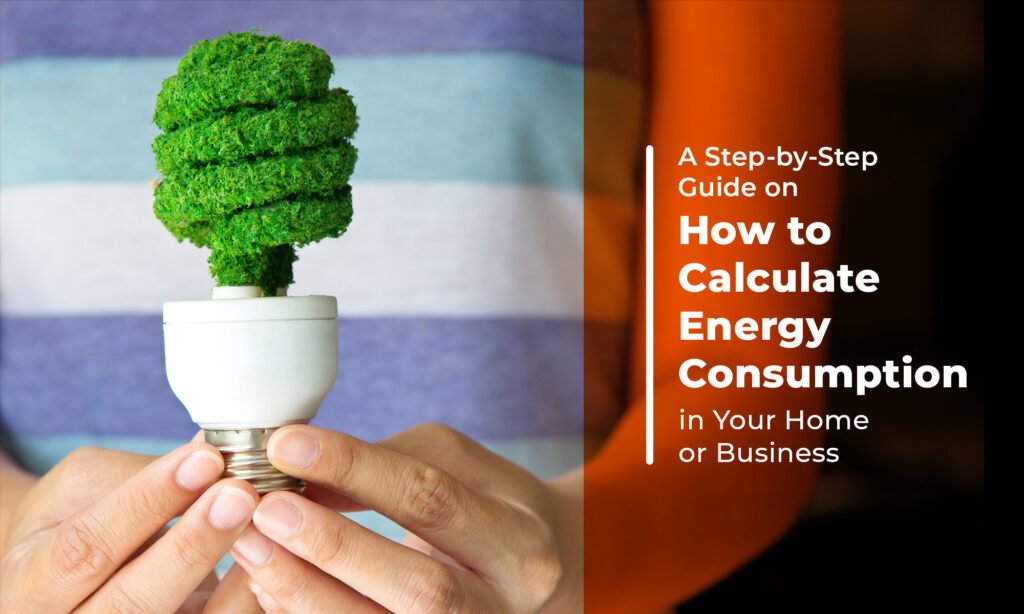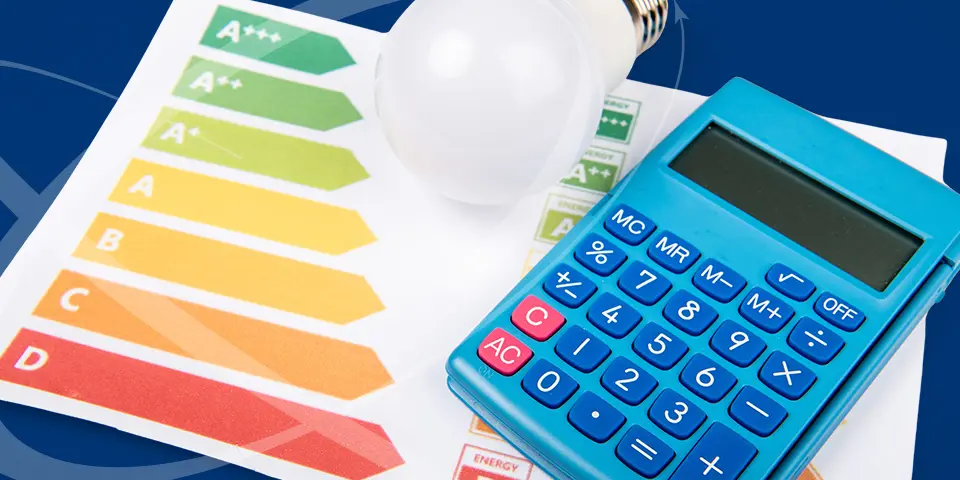Understanding your business’s energy consumption is the first step to controlling costs and adopting renewable energy. Whether you’re planning to install solar panels or improve efficiency, an accurate estimate of your electricity usage helps you make smarter decisions.
This step-by-step guide will help Indian business owners—small shops, large factories, warehouses, or offices—calculate their power needs, reduce waste, and plan for solar investment with confidence.
Why Should You Estimate Business Energy Needs?
- It helps plan your commercial solar system size.
- You can reduce unnecessary energy use and lower electricity bills.
- It prepares you for solar net metering, government policies, and smart energy upgrades.
- You gain clarity on whether you are over- or under-utilizing your contracted load.

Step 1: Collect Past Electricity Bills
Start by gathering the last 12 months of electricity bills. Note the following:
- Units consumed (kWh)
- Maximum demand (kW or kVA)
- Monthly electricity charges
For a factory or office in India, electricity costs can vary between ₹6 and ₹10 per unit, depending on your DISCOM and load category.
Step 2: Calculate Average Monthly and Daily Energy Use
Add the units consumed (kWh) from each monthly bill to get the annual energy usage. Then:
- Monthly average = Annual kWh ÷ 12
- Daily usage = Monthly average ÷ 30
This helps you understand how much power your business needs each day.
Step 3: Identify Peak Demand
Look at the “maximum demand” figure from your bills. This shows your highest load requirement during any 15–30 minute window.
This peak is important for:
- Sizing solar panels and inverters
- Choosing the right contract demand
- Planning for backup systems like batteries or diesel generators
Also Read Maximize Your Savings: How to Calculate Solar ROI for Your Home in India
Step 4: List Down All Power-Consuming Equipment
Create a detailed inventory of major equipment and machines. Note:
- Wattage or kW rating of each device
- Average daily operating hours
For example:
- 10 HP motor = 7.5 kW
- Operating for 8 hours → 60 kWh/day
Add lighting, air conditioning, fans, computers, elevators, pumps, etc.
Step 5: Consider Working Days and Shift Patterns
A business running 6 days a week in one shift has very different needs than one operating 24×7. Make calculations based on:
- Number of shifts
- Working hours per day
- Seasonal changes (summer AC, monsoon humidity control, etc.)
This gives you an accurate load profile for solar planning.
Step 6: Use Energy Calculation Formula
Here’s a basic formula for estimating energy use:
pgsqlCopyEditEnergy (kWh) = Equipment Load (kW) × Usage Time (Hours)
Apply this for all major machinery and systems. Add all results to get daily and monthly totals.
Step 7: Add Future Growth Buffer
Always add 10–20% extra to account for:
- New machines or expansion
- Increased staff or working hours
- Unaccounted losses or inefficiencies
This ensures your energy estimate doesn’t fall short in the future.
Step 8: Know the Load Factor
Load Factor = Average Load ÷ Maximum Load
It shows how efficiently you’re using your electrical capacity.
A low load factor (below 0.5) indicates high peaks and poor energy use. A higher factor (0.6–0.8) is ideal for solar panel integration.
Step 9: Plan for Solar System Based on Energy Needs
Now, use your daily kWh to size a solar plant.
Formula:
javaCopyEditRequired solar size (kW) = Daily energy use (kWh) ÷ Average peak sun hours
In India, average peak sun hours = 4 to 5 per day.
Example:
- Daily need = 200 kWh
- Peak sun hours = 5
- Solar size = 200 ÷ 5 = 40 kW
Add 20% for system losses → install 50 kW system
Step 10: Check Rooftop or Land Space
You need around 100 sq. ft. per 1 kW of solar. So, a 50 kW system needs roughly 5,000 sq. ft.
Ensure your commercial rooftop or nearby land area is usable and shade-free.
Step 11: Track Your Business Load Using Smart Meters
Smart meters or sub-meters offer detailed insights:
- Hourly usage
- Equipment-level breakdown
- Power factor and voltage stability
Install energy monitoring systems for large-scale factories or offices. This helps you control load during peak hours and avoid penalties.
Step 12: Estimate Monthly Electricity Cost
Multiply your monthly kWh usage by your unit rate (₹/kWh).
For example:
- Monthly usage = 6,000 kWh
- Rate = ₹7/unit
- Cost = ₹42,000/month or ₹5 lakh/year
This cost is important for calculating ROI if you’re shifting to solar.
Example: Small Manufacturing Unit in Gujarat
Let’s say you run a 12-hour operation 6 days a week.
- 5 machines × 5 kW × 12 hours = 300 kWh/day
- AC + lighting + motors = 50 kWh/day
- Total = 350 kWh/day
Monthly = 10,500 kWh
Solar size needed = 350 ÷ 5 = 70 kW → Install 85 kW with buffer
Monthly bill = ₹73,500
Solar system savings = 70–80% of bill → ₹50,000/month
Payback period = 4–5 years
FAQs on Business Energy Estimation
Q1: Can I just use average kWh from bills?
Yes, but it’s better to break it down by equipment and hour to capture peak demand.
Q2: What if I don’t have bills for 12 months?
Start with what you have. Use equipment ratings and hours to build a consumption profile.
Q3: Is solar worth it for a business in India?
Yes. With commercial rates increasing, solar offers 30–70% savings and improves your green branding.
Q4: How do I reduce peak demand?
Schedule heavy machines at staggered times, maintain equipment, and use energy-efficient systems.
Q5: Who can help me with energy audits?
Certified energy consultants, solar EPC companies, or your local DISCOM can help with audits.
Final Thoughts
Estimating your commercial energy needs is the backbone of energy planning. It saves money, reduces power cuts, and prepares you for solar adoption or green certifications.
Whether you’re a school, warehouse, IT firm, or food-processing plant, knowing how much power you use helps you invest wisely and cut unnecessary expenses.
If you’re considering solar power or want to bring down your electricity bills, begin with this energy estimate—and you’ll already be one step ahead.
Let the numbers light the way to a greener business!










